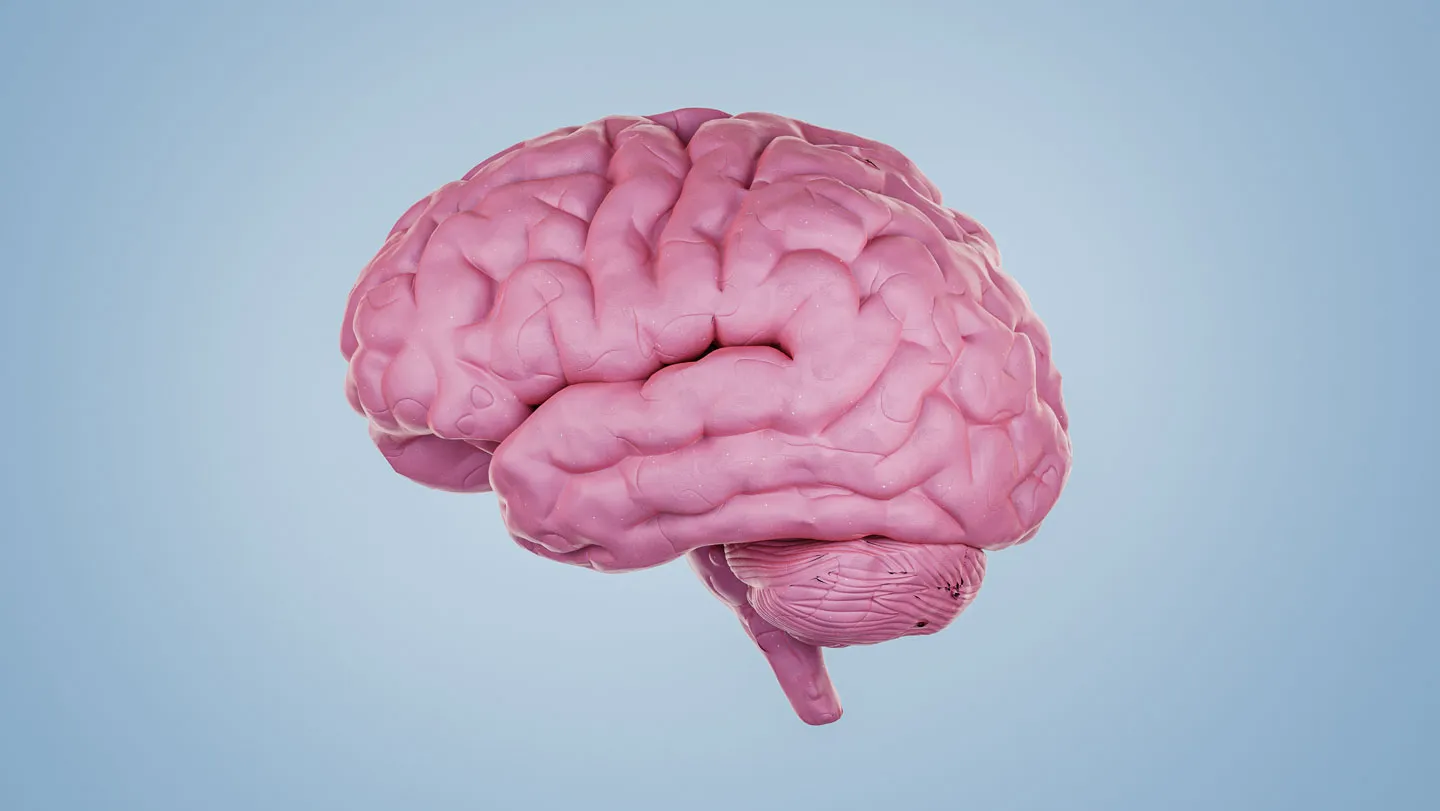
The Promise of Early Detection in Brain Disorders
Brain diseases such as Alzheimer’s, Parkinson’s, and multiple sclerosis present significant challenges to clinicians and researchers alike. Traditionally, diagnosis relies heavily on observable symptoms, which often manifest only after considerable neurological damage has occurred. This delay hampers timely intervention and may reduce the effectiveness of treatments. However, recent scientific advancements suggest that the molecular landscape of our brains may hold the key to earlier detection—specifically through the identification of unique protein signatures.
These protein signatures are distinctive patterns or profiles of proteins present in brain tissues or fluids, offering a window into the underlying biological processes of neurodegeneration. If researchers can reliably identify these signatures before symptoms emerge, it could revolutionize how brain diseases are diagnosed, managed, and potentially even prevented.
The Science Behind Protein Signatures
Understanding Proteins in Brain Health and Disease
Proteins are essential molecules carrying out a multitude of functions within our cells, including signal transmission, structural support, and metabolic regulation. In the brain, proteins play critical roles in maintaining neural function and ensuring communication between neurons. When disease processes begin, these delicate protein interactions often change, producing unique patterns that can be detected and analyzed.
For example, in Alzheimer’s disease, abnormal accumulation of amyloid-beta proteins and tau proteins creates specific molecular footprints. Detecting these altered proteins early on is like finding a “biological fingerprint” of the disease, even before clinical symptoms such as memory loss or cognitive decline begin.
Emerging Techniques for Detecting Protein Signatures
Recent technological advances in proteomics—the large-scale study of proteins—have enabled scientists to analyze complex protein mixtures with unprecedented precision. Techniques such as mass spectrometry and antibody-based assays now allow researchers to identify and quantify proteins in blood, cerebrospinal fluid, and other accessible biological samples.
- Mass Spectrometry: Offers detailed profiling by measuring the mass-to-charge ratio of protein fragments, helping identify novel protein signatures linked to brain diseases.
- Protein Microarrays: Enable simultaneous detection of hundreds to thousands of proteins, facilitating the discovery of disease-specific patterns.
- Biomarker Panels: Combining multiple protein markers into panels improves accuracy and robustness in early detection efforts.
From Research to Reality: Potential Clinical Applications
Early Diagnosis and Personalized Medicine
By characterizing specific protein signatures associated with various brain diseases, clinicians could develop blood or cerebrospinal fluid tests capable of diagnosing these conditions well before symptoms appear. This proactive approach could:
- Enable early intervention: Treatments started before substantial neural damage may have better outcomes.
- Improve patient prognosis: Precise diagnoses allow tailored treatment plans optimized for individual molecular profiles.
- Reduce healthcare costs: Early detection can potentially decrease long-term care expenses related to advanced neurodegeneration.
Monitoring Disease Progression and Therapeutic Response
Protein signatures could also serve as dynamic biomarkers, reflecting ongoing changes within the brain. Serial sampling over time can help monitor disease progression or assess responses to therapies, leading to more adaptable and effective treatment strategies.
Challenges in Translating Protein Signatures into Clinical Practice
Biological Complexity and Variability
The human brain is an incredibly complex organ, with individual variability often complicating the identification of universal protein signatures. Factors such as age, genetics, lifestyle, and comorbidities influence protein profiles, necessitating large and diverse datasets for validation.
Technical Limitations and Standardization
Despite technological progress, challenges remain regarding the reproducibility and standardization of proteomic assays across laboratories. Ensuring consistent sample collection, processing, and analysis techniques is crucial for clinical adoption.
Regulatory and Ethical Considerations
Developing reliable diagnostic tests based on protein signatures involves navigating regulatory approvals and addressing ethical concerns related to early diagnosis—especially when no definitive cures exist yet. Patients must be informed about the implications of detecting pre-symptomatic disease markers.
The Future Outlook: A Promising Horizon
Integrating Multi-Omic Data
Future research is likely to combine proteomic data with other molecular layers—such as genomics, metabolomics, and transcriptomics—to build comprehensive disease models. Such integrative approaches will enhance accuracy and enable the development of fully personalized diagnostics.
Leveraging Artificial Intelligence and Machine Learning
Advanced algorithms can sift through vast datasets, identifying subtle and complex protein patterns associated with early disease stages. Machine learning will play a pivotal role in translating raw data into practical diagnostic tools.
Potential for Preventive Strategies
Early detection via protein signatures could pave the way for preventive strategies, including lifestyle modifications or early therapeutic interventions, possibly delaying or preventing the onset of debilitating neurodegenerative conditions.
Conclusion
The prospect of identifying protein signatures that can distinguish brain diseases before symptoms appear marks an exciting frontier in neuroscience. While challenges remain, ongoing research and technological innovations are rapidly advancing this field. Recognizing these molecular fingerprints holds immense promise for transforming diagnosis, treatment, and ultimately, the quality of life for millions affected by neurodegenerative disorders.
As we continue to unravel the molecular secrets of the brain, the day may not be far when a simple blood test could reveal the early warning signs of brain diseases—well before the clinical signs become evident. This could lead to a new era of proactive and personalized brain healthcare, vastly improving outcomes and hope for patients worldwide.
For more updated news please keep visiting Prime News World.








